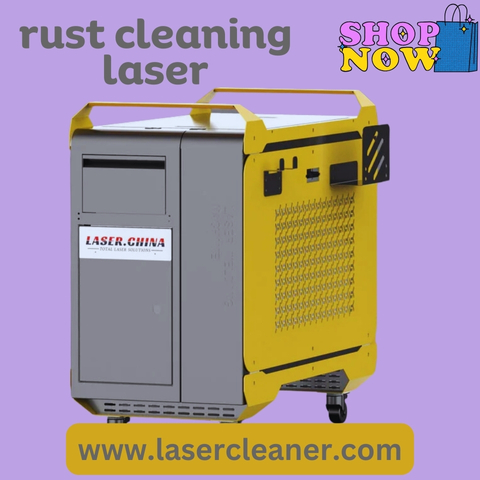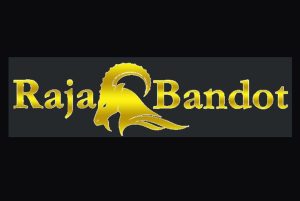Rust is a common problem that compromises the integrity and appearance of metal surfaces across various industries. Traditional rust removal methods can be labor-intensive, environmentally damaging, and inefficient. Enter the rust cleaning laser—an innovative solution that combines cutting-edge technology with exceptional efficiency to tackle rust and other contaminants. In this article, we will explore how the rust cleaning laser works, its advantages, applications, and why it is the ultimate tool for modern surface maintenance.
How the Rust Cleaning Laser Works
The rust cleaning laser utilizes high-intensity laser beams to remove rust, paint, and other contaminants from metal surfaces. The process involves focusing a laser beam on the rusted area, where the laser’s energy is absorbed by the rust and oxidized material. This absorption generates intense heat, causing the rust to evaporate or disintegrate, which can then be easily removed. The precision of the laser allows for targeted cleaning without damaging the underlying metal, ensuring a thorough and effective rust removal process.
Advantages of Using a Rust Cleaning Laser
1. Precision and Control
One of the primary benefits of the rust cleaning laser is its precision. The laser beam can be focused with high accuracy, allowing operators to clean specific areas without affecting surrounding surfaces. This level of control is particularly useful for delicate or intricate components where traditional methods might cause damage.
2. Efficiency and Speed
Rust cleaning lasers significantly improve the efficiency of the rust removal process. The high energy and focused nature of the laser enable rapid cleaning, reducing the time and effort required compared to manual or abrasive methods. This speed translates to increased productivity and cost savings, making it a valuable tool for businesses with tight turnaround times.
3. Environmentally Friendly
Unlike chemical rust removers and abrasive blasting, the rust cleaning laser is an environmentally friendly solution. It does not produce hazardous waste or require the use of harmful chemicals. The process generates minimal dust and debris, reducing the environmental impact and improving workplace safety.
4. Minimal Surface Damage
Traditional rust removal methods, such as sandblasting or grinding, can cause damage to the metal surface, leading to additional repairs or coatings. The rust cleaning laser, however, offers a non-contact method that minimizes the risk of surface damage. This ensures that the metal remains intact and ready for further processing or use.
5. Versatility
The rust cleaning laser is versatile and can be used on a wide range of metal surfaces, including steel, aluminum, and stainless steel. It is suitable for various applications, from industrial equipment and machinery to historical restoration and maintenance of consumer goods. This adaptability makes it a valuable asset in multiple industries.
Applications of Rust Cleaning Lasers
1. Industrial Equipment Maintenance
In industrial settings, rust can significantly impact the performance and longevity of machinery and equipment. Rust cleaning lasers offer an efficient solution for maintaining and restoring industrial equipment, reducing downtime, and extending the lifespan of valuable assets.
2. Automotive Industry
The automotive industry often deals with rust issues in vehicle parts and components. Rust cleaning lasers can be used to prepare surfaces for repainting or repair, ensuring a smooth and clean base for subsequent processes. This results in improved finish quality and durability.
3. Historical Restoration
For historical and architectural restoration projects, maintaining the integrity of original metalwork is crucial. Rust cleaning lasers provide a gentle yet effective method for removing rust from historical artifacts and structures, preserving their historical value while restoring their appearance.
4. Construction and Infrastructure
Rust can affect structural components in construction and infrastructure projects, potentially compromising safety and performance. Rust cleaning lasers are used to prepare surfaces for protective coatings or repairs, ensuring that structural elements are free from contaminants that could undermine their integrity.
5. Marine Industry
The marine industry frequently encounters rust and corrosion issues due to exposure to harsh environmental conditions. Rust cleaning lasers offer a reliable solution for cleaning and maintaining marine equipment, such as ships and offshore platforms, helping to prevent further corrosion and damage.
Conclusion
The rust cleaning laser represents a significant advancement in surface maintenance technology. Its precision, efficiency, and environmentally friendly approach make it an ideal choice for tackling rust and other contaminants across various industries. By incorporating a rust cleaning laser into your maintenance practices, you can achieve superior results, improve productivity, and contribute to a safer and more sustainable work environment.









